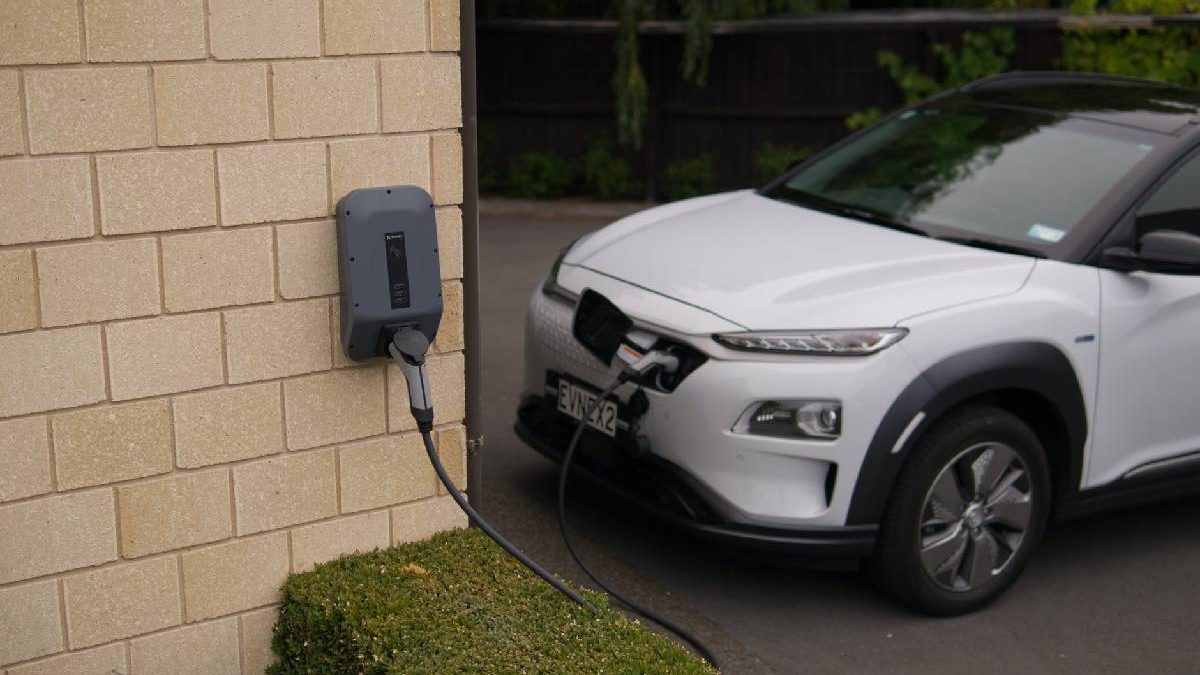What Goes Into The Manufacturing Of An Electric Vehicle? – As the world becomes more familiar with electric cars, there is a demand for more information about them. For instance, people love to know how things are made and the manufacturing of electric cars is a bit of a mystery. Since there is no engine in an electric car like you would find in a traditional combustion engine car, nobody really knows what building one is like.
So many aspects from the design to the components of the car are completely different that it almost seems like building something other than a car. In this article, we will go over exactly what the process is like when it comes to manufacturing an electric car.
The components
The “engine” of an electric car is made up of batteries. They provide the energy to get the car moving just as gasoline would do to make the combustion for a traditional car to work.
The big difference is that the batteries make up about 40% of the weight of the car, whereas the motor in a regular car is only about 25% of the weight. What this means is that much of the weight of the body of the car has to be specifically designed to weigh less to avoid an electric car being far too overweight.
A heavy car will need more powerful batteries to power itself. The different components are usually made with lightweight aluminum from molds created by CNC machining processes. Each piece is unique and has to be machined to within just a few microns of tolerance to be as lightweight as possible. There is no room for even a few extra grams in a piece as this would add up considerably.
The electronic system in any car is important, but in an electric car, it is the central nervous system. Without it, the car couldn’t work. The electrical system isn’t just for controlling the onboard computer and things like the headlights and air conditioner. It is what regulates the energy flow from the batteries to power the drive train.
The manufacturing process
There are essential workstations involved in the manufacturing of an electric car. The first one is the body shop. This is where the various prefabricated pieces are welded together into subassemblies. It is the foundation of the body of the car. Since many of the pieces are made of aluminum, they are glued together rather than welded since it provides a stronger bond and is lighter than welds.
The subassemblies are then welded or glued together to form the body of the vehicle. This is where the process differs from a traditional car.
At this point, the electric system is added to the frame before the interior goes on so it is completely covered. It isn’t until the interior is fitted out that the batteries are installed on the chassis of the car. Now, the car is drivable and is powered up and driven to the next workstation to install the rest such as the windshield and lights.

